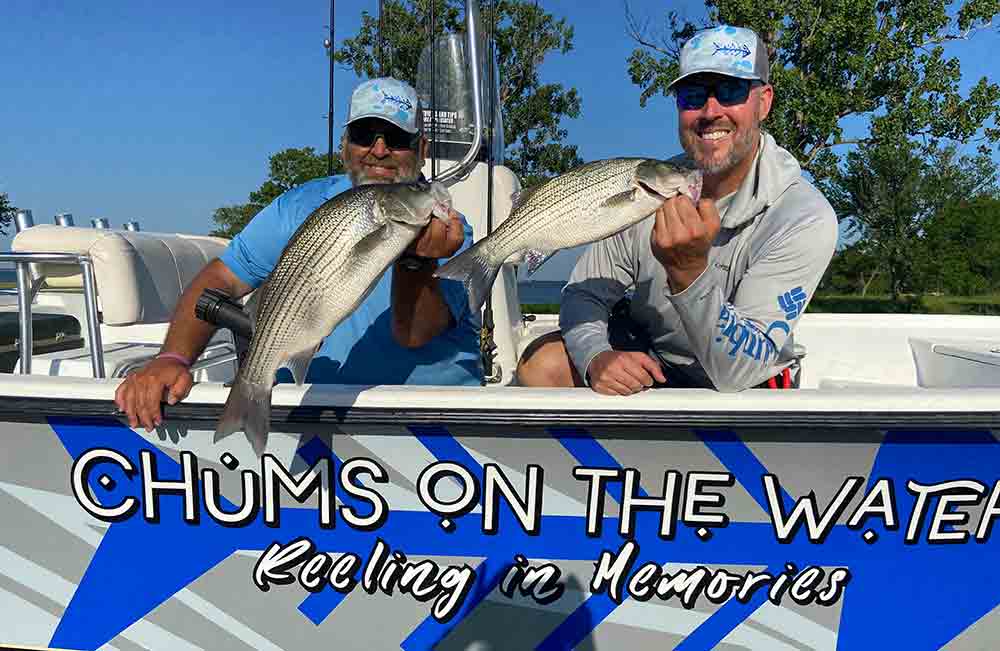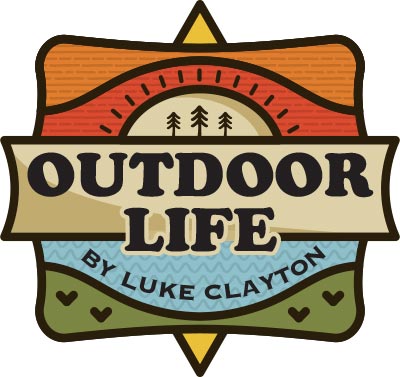

Outdoors columnist
Lake Tawakoni and I go back a long, long way. I remember my first time to fish the lake back in the mid-sixties. We fished from the bank around Rabbit Cove and landed all the crappie the law allowed.
When I first began my career as an outdoors writer in the mid-80s, fishing at Tawakoni was a frequent topic of my columns. I’ve fished with and written about many guides through the years, a couple of the originals are still guiding there.
When Casey Laughlin with Chums on the Water Guide Service invited me to fish with him and his partner, Brett Kilmer, the other half of the guide service, I was all in. Through the years, I have fished with many new guide services and absolutely love helping newcomers to the field get the word out about their operations.
We met and launched at the newly constructed Sabine River Park and launch ramp near the dam where the old Holiday Marina once stood. This was my first time to visit the place in several years and I was amazed to see the old familiar marina was gone, replaced by a gazebo, large parking area and new boat ramps.
I set down with my newly found friends on the tail gate of my truck and probably bored them with a bit more history on hybrid striper fishing there at Tawakoni than they cared to learn. I told them about catching my largest hybrid that tipped the scales at almost 14 pounds off Sun Point back in ’88 while fishing with guide Rex Bridges. Rex still guides striper trips at Lake Texoma but in the eighties and early nineties, Tawakoni was his home waters.
I told my new friends before we launched that I thoroughly enjoyed fishing for hybrids using live shad and once in the boat noticed their bait tank was bubbling away, full of frisky shad 3 to 5 inches long. Hybrid stripers can often be landed using live shad or sometimes small live sunfish when they are on a tentative bite. When they are in a major feeding mode, they will hit anything from a lead slab to soft jig with soft plastic and just about anything between.
My guides informed me that the best bite has been during the morning hours when the fish are in bigger schools but late afternoon should produce isolated pods of fish holding on bottom structure.
“We will graph some long submerged lower lake points, working our way from water about 15 feet deep out to deeper water.” Brett Kilmer said. “We will be looking for hybrids hugging bottom. Once I see something promising on sonar, I will activate the spot lock on the trolling motor which will keep us right over the fish. I have the splasher prop on the trolling motor and during periods when the fish aren’t actively feeding, the splashing water on the surfaces often puts them in the feeding mode.”
This is a technique that I first learned back in the 80s when I lady guide I was fishing with took off her flip-flop shoe and began splashing the surface beside the boat. The sound of what they think is a school of fish feeding on bait they have driven to the surface is more than white bass and stripers can resist and it often puts them in a feeding mode.
The long point Brett was graphing showed up clearly on sonar and at first it was totally barren. Then when we were in water about 20 feet deep, we began to mark those inverted V’s laying right on bottom. At first glance one might think they were lay down trees that had settled to bottom but when Brett hit the spot lock button with the surface splasher churning the water, we watched those ‘logs’ rise from bottom to our frisky shad positioned a few feet above.
“Get ready; we should be getting hit about right now.” Brett said at precisely the time Casey’s rod bowed toward the lake surface. Hybrid stripers don’t fool around when they decide to eat, they hit live bait hard and it’s not uncommon for a 20-inch hybrid to pull the rod tip down into the water.
Like any hybrid, the hybrid striper possesses the best traits of both its parents. Hybrid stripers are relatively easy to catch when located like the white bass, but bigger and much stronger, like its striped bass mother.
Brett continued working the boat along the point, keeping a close eye on the sonar. Just as predicted, we would occasionally spot a small pod of hybrids near bottom and the then repeat the drill. Just about every time one or two of the fish would nail one of our live shad offerings.
We didn’t connect with any trophy size hybrids but enjoyed plenty of action on ‘eater’ fish during the couple mid afternoon hours we fished. Brett showed me pictures on his phone of some jumbo size hybrids his clients had landed during the morning hours during the peak feeding period.
I absolutely love eating hybrids stripers and enjoyed a lunch the next day of blackened fillets and wild rice, prepared out in front of my little cabin situated in the trees behind out house. Brett and Casey’s guide service is just getting up and running but I predict they will enjoy a long successful career. Both are highly experienced anglers that have been involved in the fishing industry in various capacities for years.
Back at the dock, we made plans for round two with the hybrids in a couple of weeks and when I mentioned that white bass are one of my favorite fish to catch and eat, they said a limit of big Tawakoni ‘whites’ is an almost guarantee. I vowed to continue to let all my readers and radio listeners informed about their new operation.
Oh yes, I filmed the hybrid action for our TV show “A Sportsman’s Life” on Carbon TV and YouTube. It should be available to watch about now.
Email outdoors writer Luke Clayton through his website www.catfishradio.org.









Comment
Comments